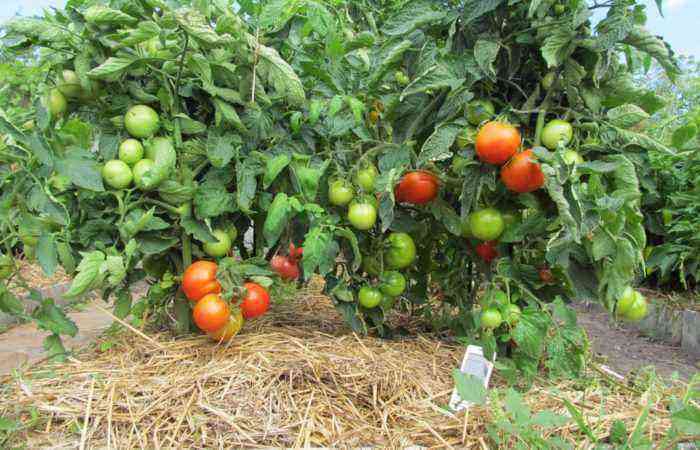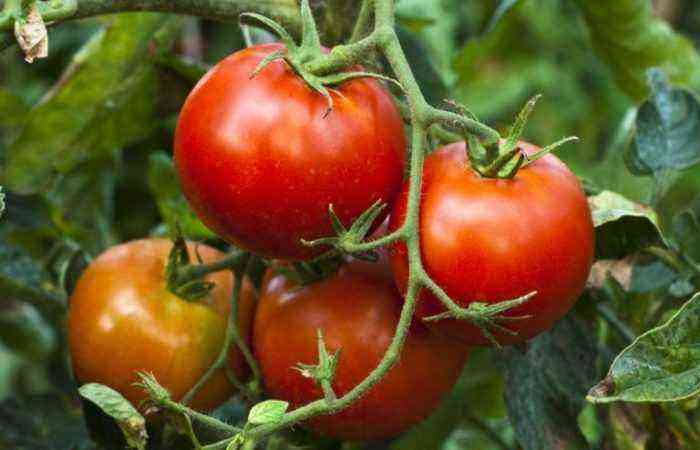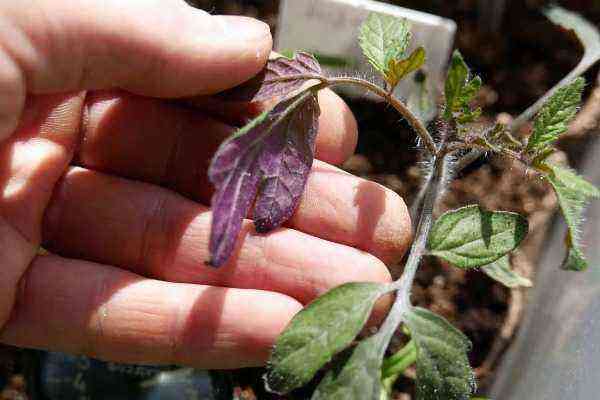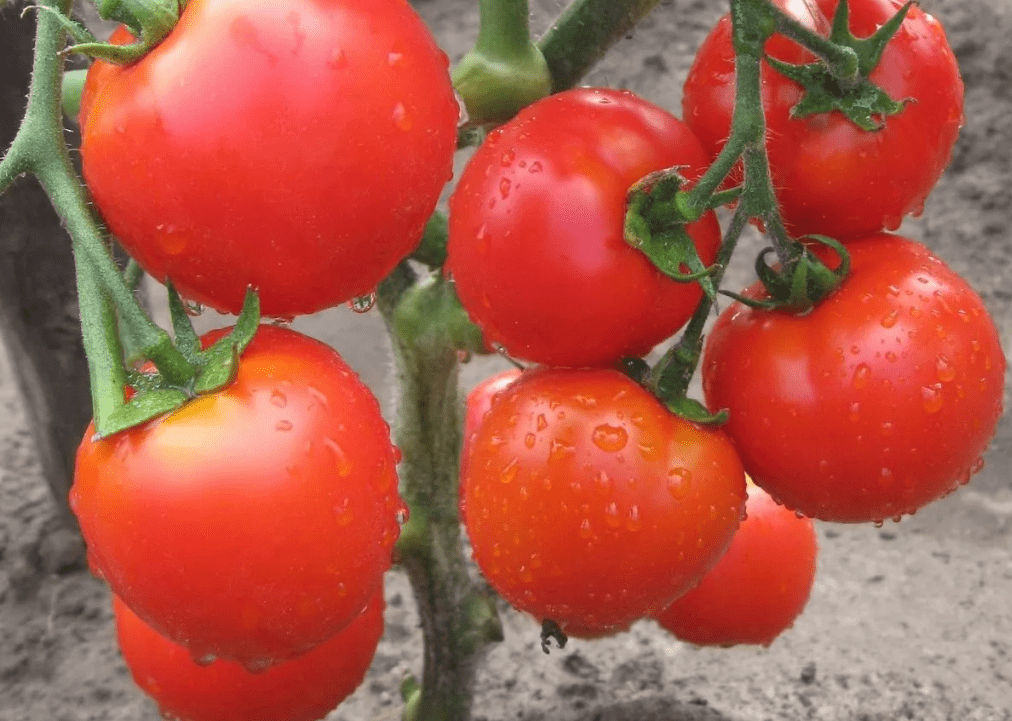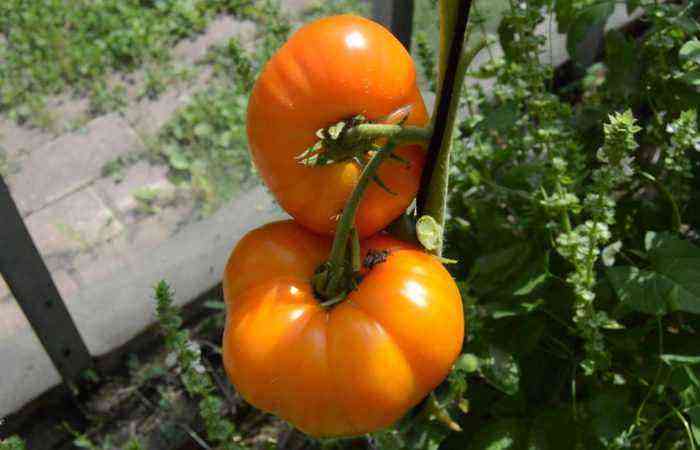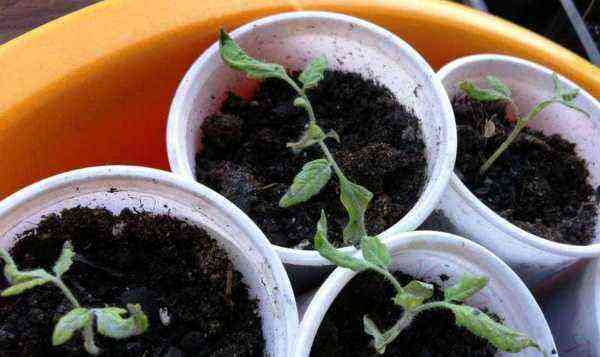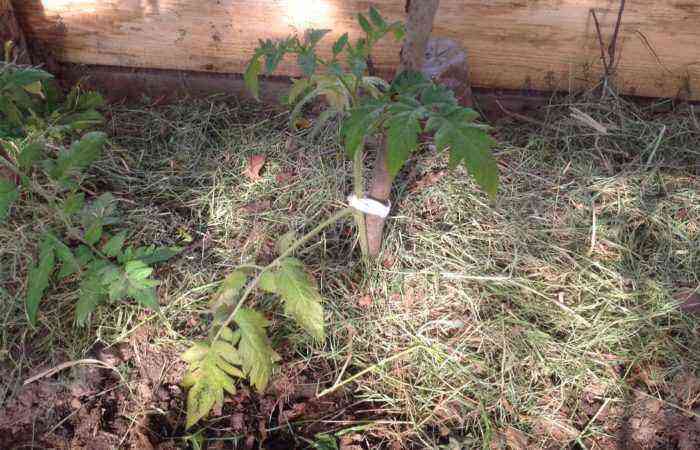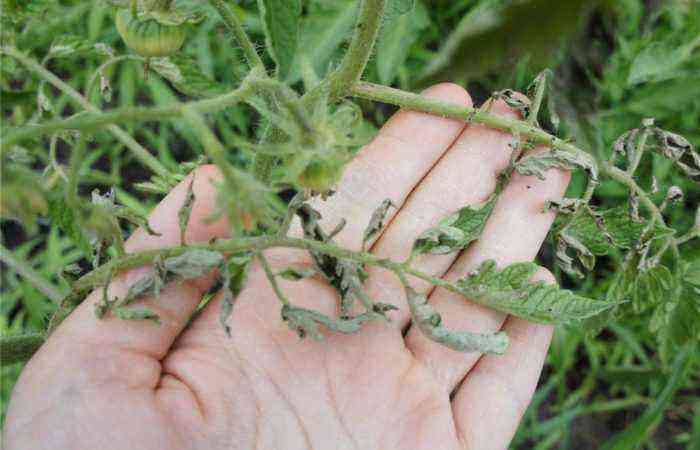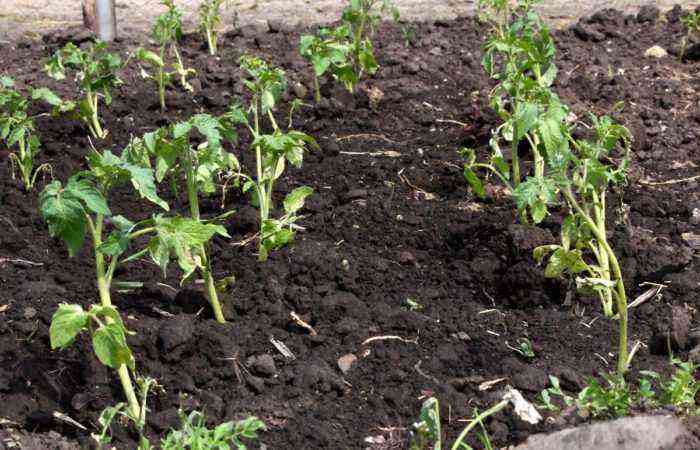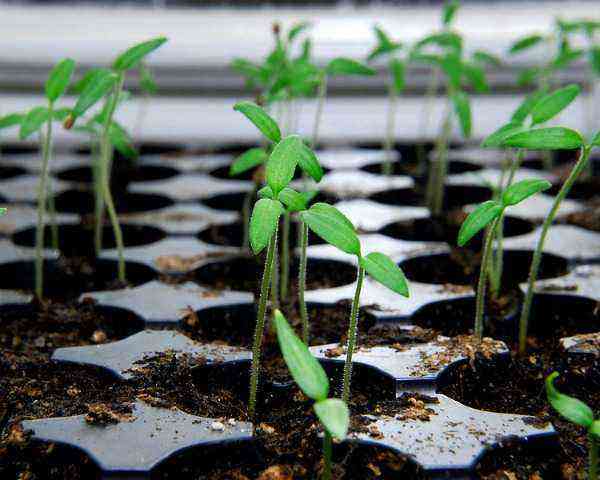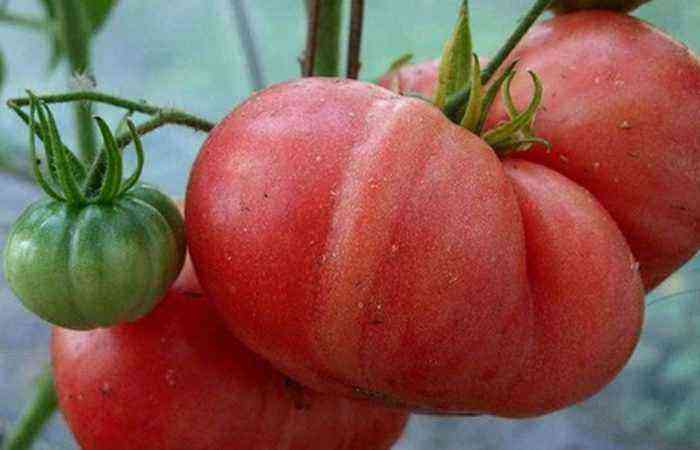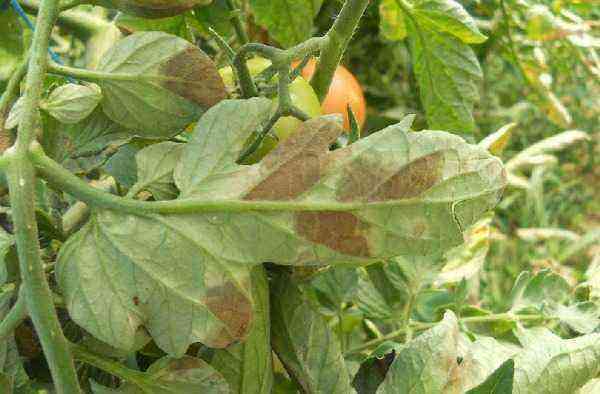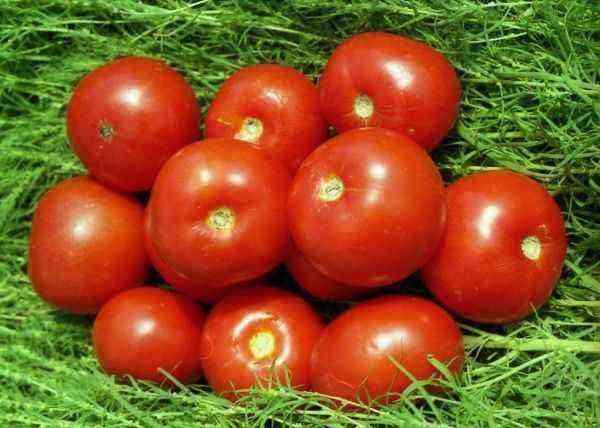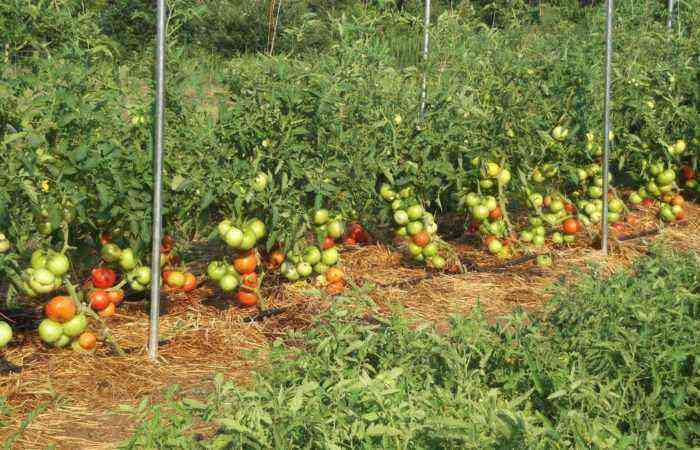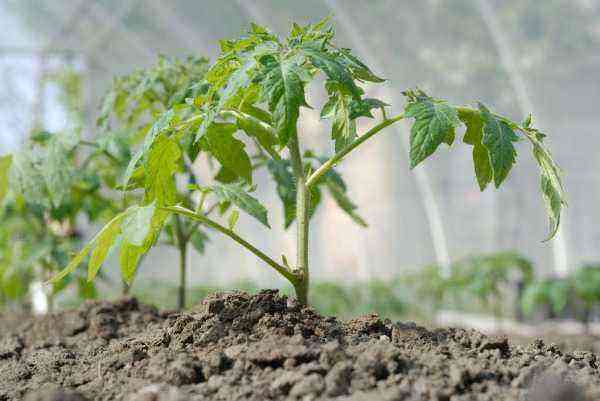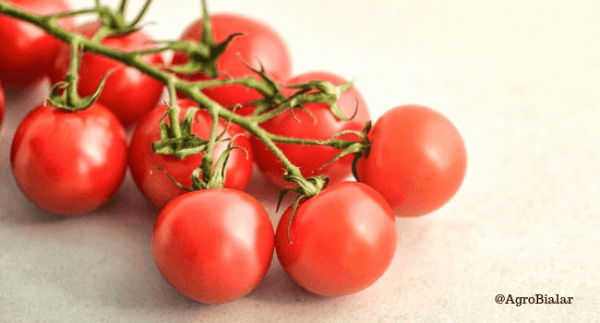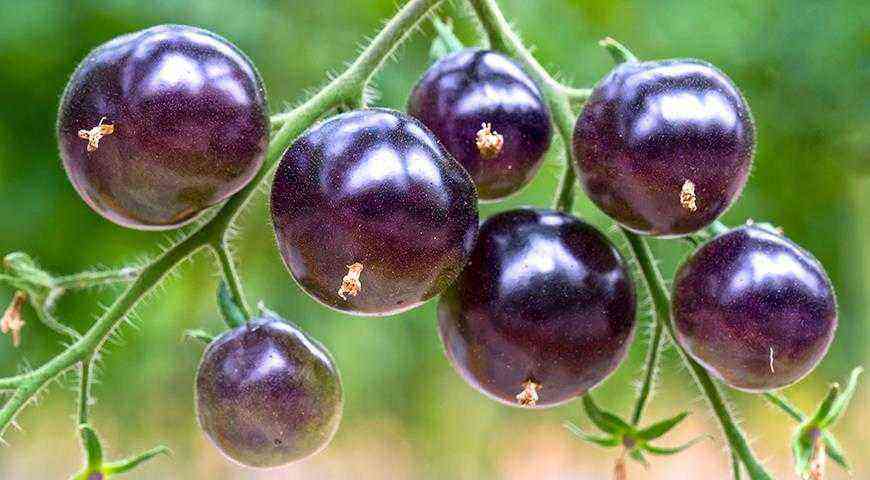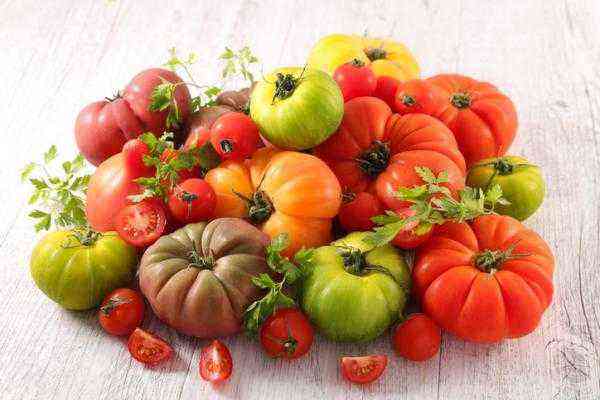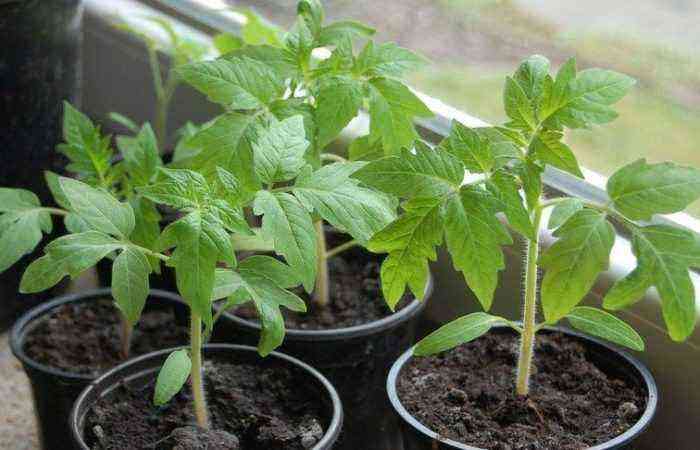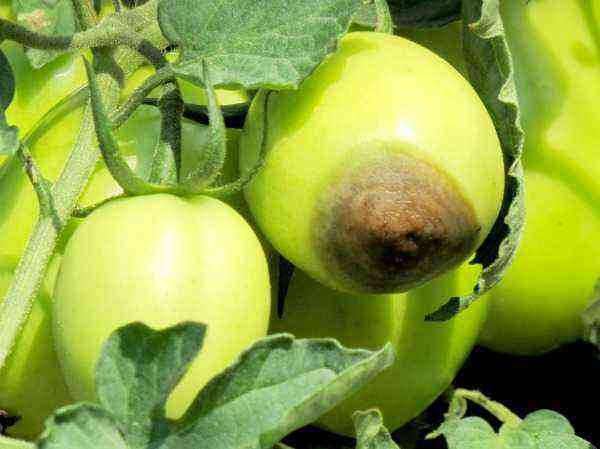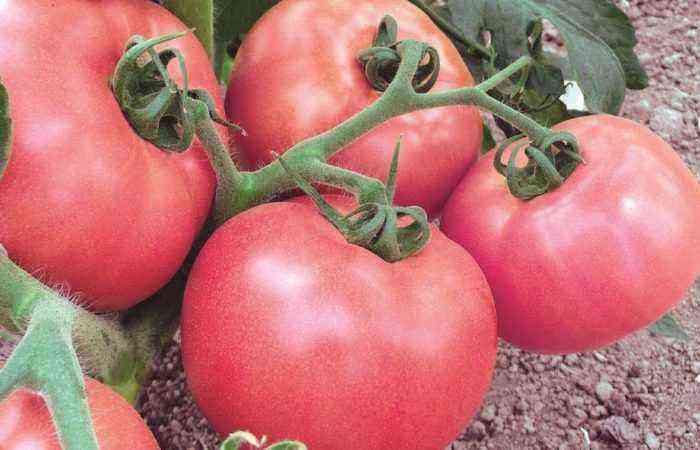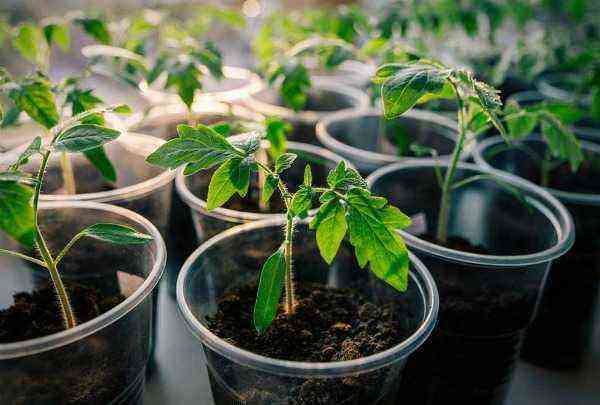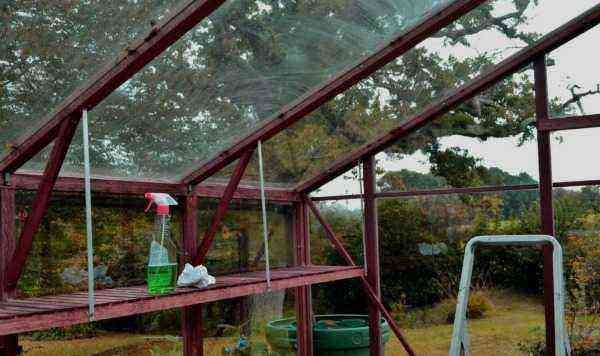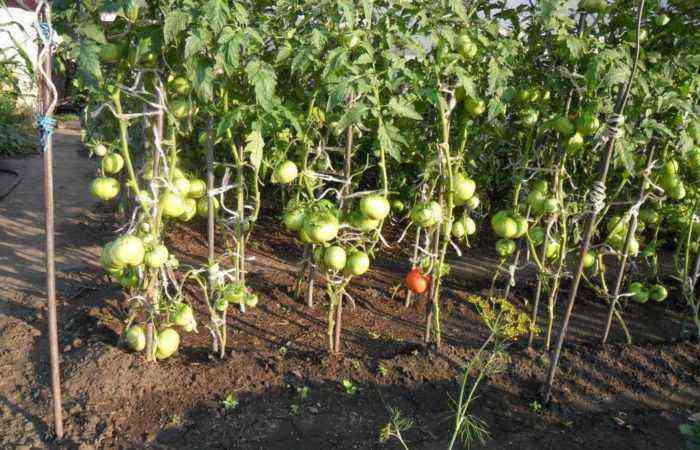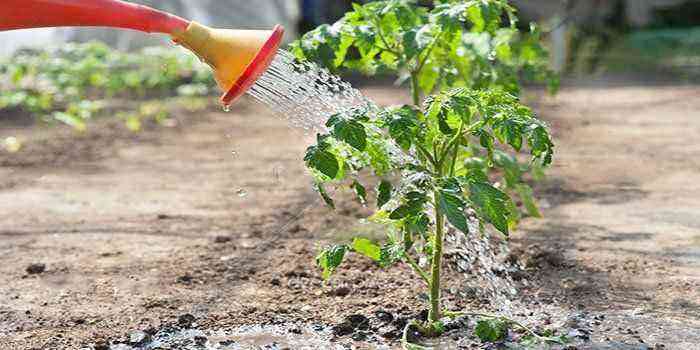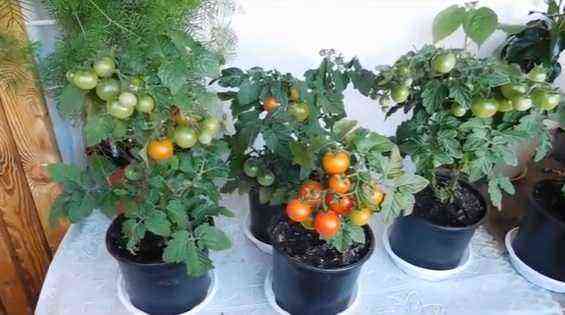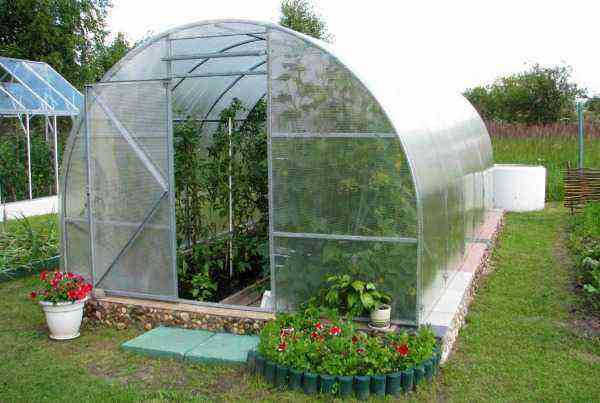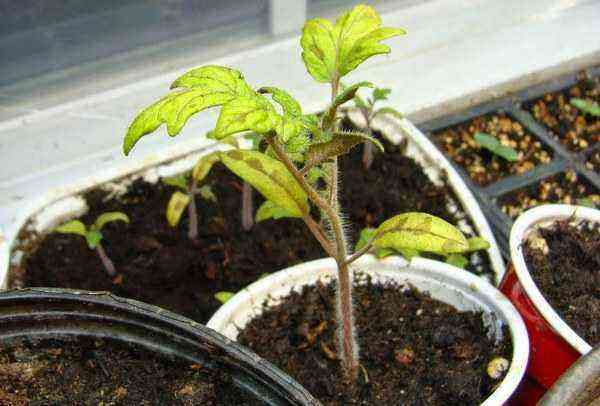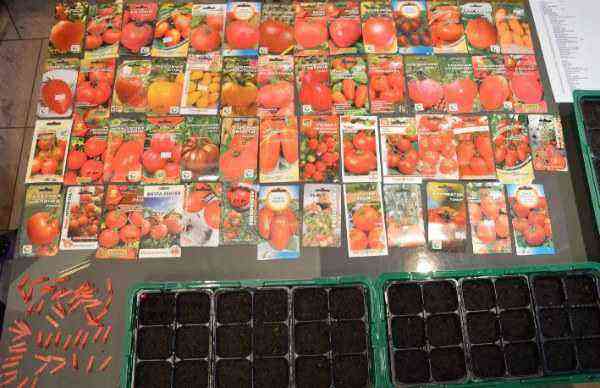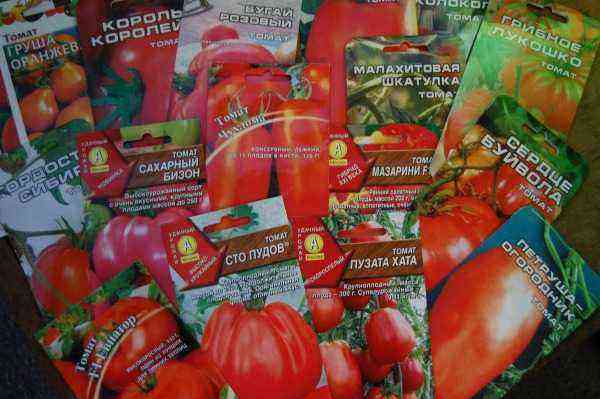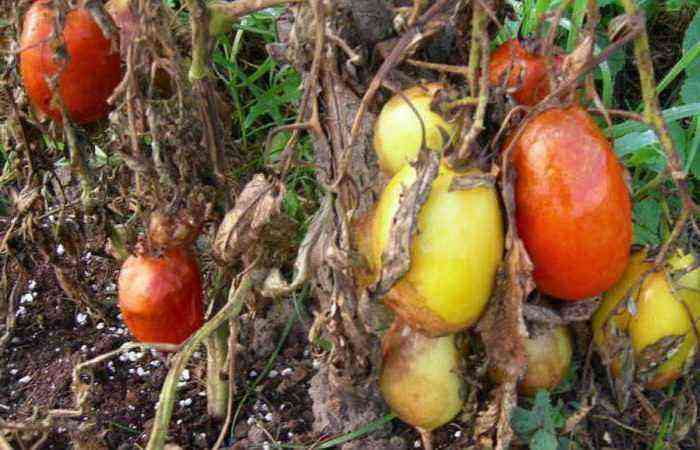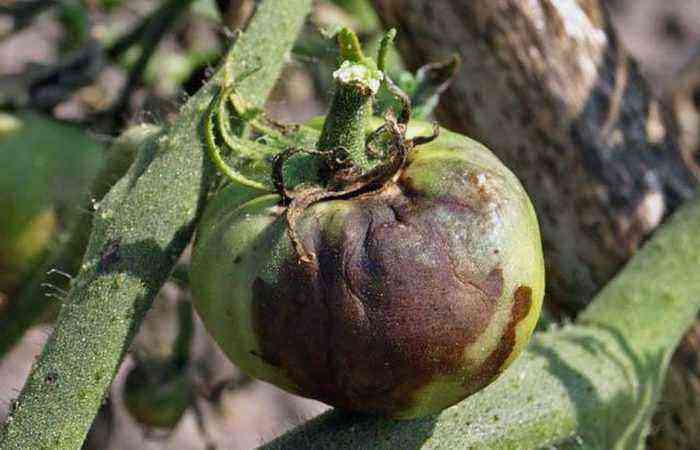In pursuit of high seed germination, gardeners invent new ways of germination. The snail produces healthy sprouts and saves space on the windowsill. With this method, there is no need to fiddle with seedling boxes and frequent watering.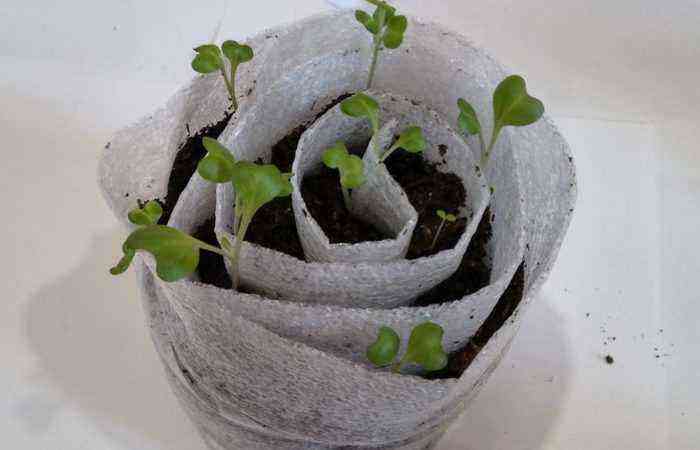
Advantages and disadvantages of the method of planting seedlings with a snail
The method was invented relatively recently. The snail is a substrate twisted into a roll. This design saves seedlings from fungal diseases, because there is no contact with a large amount of land.
In one such cigarette, a large number of sprouts fit. For all seedlings you will need one window sill. The cost of consumables and earthen substrate is minimal. Another plus is the ability to ventilate the seeds at the spitting stage. At the same time, the gardener is given a convenient opportunity to evaluate germination, and not to guess. This is true for seeds that take a long time to grow, such as onions and celery.
A consistently high level of humidity contributes to the rapid awakening of the seed. It is convenient to bury very small seeds in a snail, as it is difficult to plant them in the ground and water them. The roll with the substrate reduces the cost of the nutrient substrate: there is no need to buy bags of earth. When diving, the main root is damaged, and seedlings in rolls are free from deformation. Using this method, both an experienced summer resident and a beginner can grow healthy tomatoes.
After planting the seedlings on the beds, the snail is washed and set aside until the next sowing season.
The method has a number of disadvantages. Since the sprouts are at a small distance from each other, this affects the root system. If it becomes necessary to dive, then the woven roots will be difficult to separate. There is also a danger that the plants will suffocate each other.
More seeds should be sown than usual, in order to then remove weak and late seedlings that will interfere with the rest. Tomato sprouts can stretch out and the roots become weak. Unlike the classic method, seedlings receive less sunlight.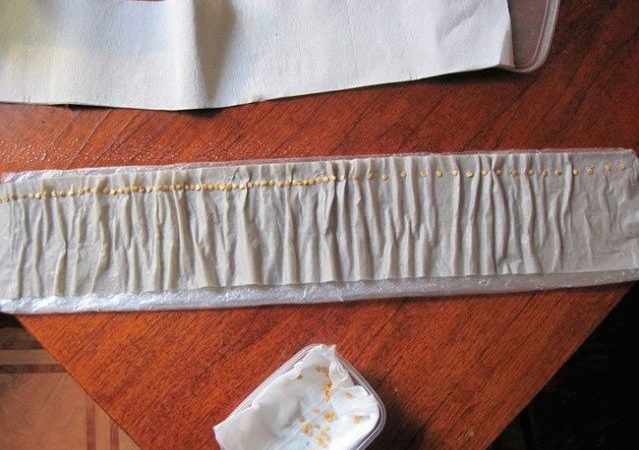
Snail for tomato
Growing sprouts in a roll is convenient. The tomato sprouts unevenly, some seeds are very late, the summer resident is given the opportunity to select, weed out weak plants. The snail regulates the temperature. Due to the thin layers of material, the roll is always warm. There is no need for additional heating or the use of incandescent lamps. Ultimately, a person is left with only strong and healthy seedlings.
The method, in fact, allows you to avoid unnecessary costs for the substrate, top dressing and fertilizer. For all seedlings, you will need one window of the apartment.
Instructions on how to sow tomato seedlings in a “snail” are presented in the video.
Consumables
The first step is to prepare the soil. Ten days before sowing, it is advisable to steam the soil in order to destroy pathogenic microflora and weed roots. For breathability, sphagnum moss is added to the substrate.
I disinfect tomato seeds before planting, as treated seeds germinate faster. The seed is soaked in a solution of potassium permanganate or Epin. As a substrate, a tape made of laminate or foamed polyurethane is suitable. The width of the strip is 10 cm. The dense material creates a warm climate. The optimal length of the snail is 20 cm.
It is desirable that the container for rolls be made of transparent plastic. It will allow you to control the water level. The container should be a few centimeters below the snail itself. This will avoid soil blooming and liquid stagnation. Ideally, the roll enters the container without force.
Pharmaceutical rubber bands fix the twisted snail well. Two of them fasten the roll itself so that it does not turn over. The third firmly holds the package at the top of the structure. Polyethylene creates an optimal microclimate during the pipping phase. The spray gun and watering can maintain high humidity and moisten the dried soil.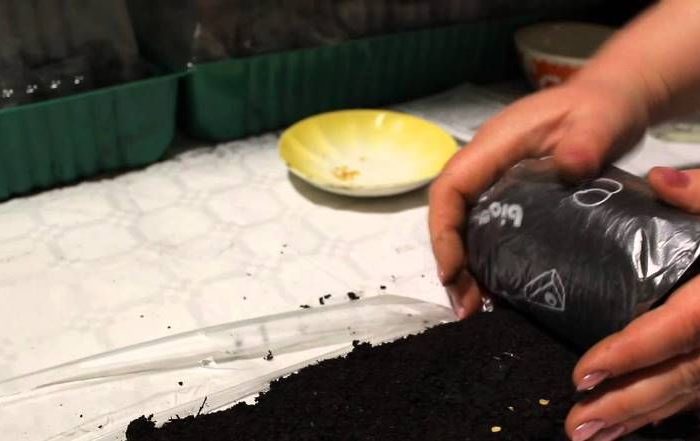
Landing instructions
Before starting work, the table is covered with newspaper or film so as not to stain it in the ground. The soil itself should be sorted out so that there are no lumps. The main stages of snail preparation:
- Position the tape so that one end is in your hands.
Pour a layer of earth, previously moistened with a growth regulator, along the entire length of the material.
- Spread the seeds.
In tomatoes, they are of medium size, so they are laid out at a distance of 2,5 cm. The seed is laid out, retreating 1 cm from the edge and top of the tape. For convenience, you can use tweezers.
- Pour a thin layer of earth on top and moisten it with a spray bottle. The soil should be moist, but not wet.
- Roll up the roll carefully.
The process is similar to making a stuffed roll. The substrate must not be allowed to spill out to maintain breathability and leave room for root growth.
- The rolled roll is carefully placed in a container.
When the soil settles, it is sprinkled, the earth should be level with the tape. A transparent bag is put on top of the snail.
Seedlings with tomatoes should not be placed near central heating radiators. If there is no such place in the apartment, you should cover the radiator with a damp sheet. The place should be well lit, without drafts. The film is removed as soon as the seedlings appear.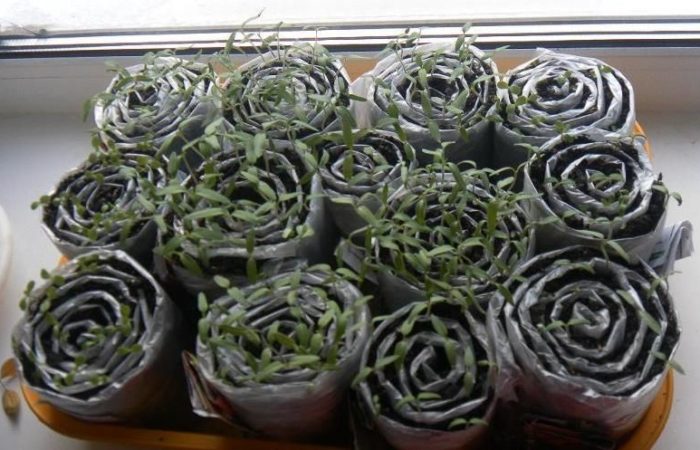
Recommendations
It is advisable to pour sawdust at the bottom of the container. They will retain moisture and prevent the soil from blooming. Do not ventilate the bag until sprouts appear.
Punctures in polyethylene are made immediately after the tomatoes are hatched, and after a few days, the shelter can be completely removed.
While the root system is small, you need to water the tomatoes very carefully. For this, a syringe is suitable. You can harden seedlings immediately in the snail.
Common mistakes
People often do not take into account the peculiarities of new methods of growing seedlings and get weak tomato sprouts. If it is too late to remove the cellophane shell, then the plants will turn out thin and elongated. The greenhouse effect for a long time does not contribute to the development of strong individuals. In the open field, they will give little harvest. The package is removed immediately after the formation of sprouts.
The roll should be tight. A weakly fixed snail will not hold the substrate. He will constantly get enough sleep, which will affect germination.
The seed material in the snail gradually slides down. The tomatoes themselves will have to expend a lot of energy to break through to the surface.
The quality of the sprout is affected by diving, if carried out late, the tomato will grow weak. It is necessary to plant the culture when the roots are visible from the outer edge of the snail. If they are well developed, then the plant will receive the necessary trace elements and nutrients in the future.
Some summer residents prefer toilet paper to ordinary soil. There is an opinion that it is easier to control germination. It provides ventilation and rapid seed growth.
In fact, such a substrate slows down the development of sprouts. If it is not possible to purchase soil, it is better to grow seeds on the tape itself. Do not use cellophane. It provokes stagnation of moisture and rotting of the seed.
Planting different varieties in one snail is not a good idea, so you can get confused in the varieties. Each species has its own germination period and different conditions of detention.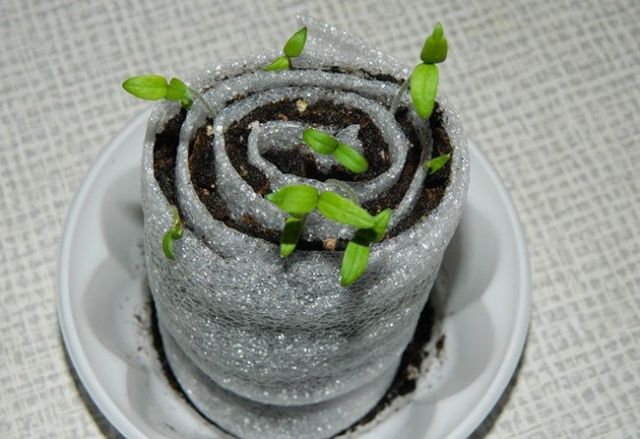
Diving tomato seedlings
Another advantage of the snail is the ability to transplant seedlings from each other at any time. Tomato sprouts are always different from each other: some plants are strong and strong, others do not hatch for a long time. Sometimes shoots appear a month after planting.
The snail is dived to allow weak sprouts to develop:
- The roll is rolled out with all care.
- Tomatoes are removed with tweezers and planted in separate pots.
- After removing the cigarette, carefully wrap it, tie it with an elastic band and send it to the windowsill.
If the seeds are grown without soil, you can simply cut off part of the substrate with the sprout. With the correct calculation of the timing of sowing, the seedlings will grow strong. “Snail” tomato seedlings are not inferior in their qualities to plants grown in the classical way, it also requires hardening. To do this, a few weeks after spitting, the tomatoes are taken out to the balcony. Before planting on the beds, seedlings are left outdoors for a whole daylight hours.
It is not surprising that growing with the help of a snail is in demand among amateur gardeners. The method saves space, allows you to separate strong tomatoes from weak ones. Despite a number of shortcomings, the strengths provided the method with popularity.
